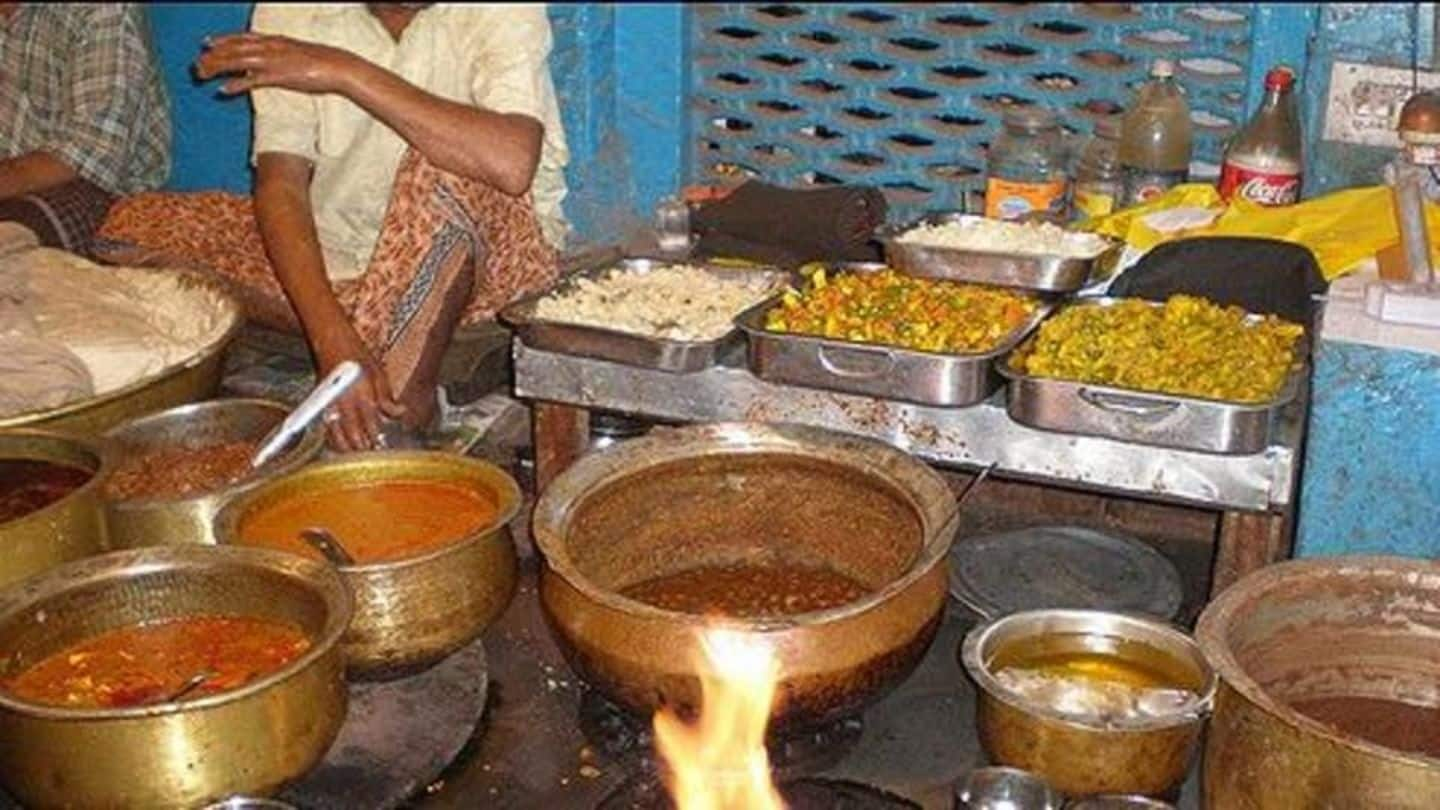
Indira Canteens: Political move or the future of food security?
What's the story
Bengaluru recently witnessed the launch of Indira Canteens, but their main purpose was overlooked in all the noise surrounding the celebrations. These canteens offer breakfast for Rs. 5 and lunch and dinner for Rs. 10. They also provide people, especially women, dependable employment opportunities. With the many benefits they bring with them, could they soon replace the government's food security schemes?
Information
What are Indira Canteens?
Like Tamil Nadu's Amma canteens, the Indira Canteens in Karnataka provide nutritious meals to the working class at low prices. At the start, 500 meals will be available for every meal. Presently, 101 canteens have been set up. By October, more canteens will open.
'Amma' model
What can Indira Canteens learn from Tamil Nadu's Amma Canteens?
The number of Amma Canteens, launched by former TN CM Jayalalithaa in 2013, increased from 15 to 200 within just three months. That they co-opted self-help groups in management, thus providing food security and employment, boosted their popularity. Indira Canteens are replicating the same model. To ensure success, they need to avoid the mistakes made by Amma Canteens: the TN government was eventually financially-overburdened.
Criticism
Indira Canteens also have their fair share of critics
If the economics of such schemes are not researched and implemented properly, they may fare poorly. These canteens might provide stiff competition to roadside vendors. So while providing employment to their workers, they would snatch livelihood from another section. Many also feel they are a waste of resources. Instead, efforts should be made to provide food to targeted beneficiaries like malnourished children through anganwadis.
Do you know?
Meanwhile, other states are adopting Amma's idea of community kitchens
Community kitchens in different states, even though named differently, aim to provide healthy meals at low prices. Rajasthan has the Annapurna Rasoi Yojana, in MP the Deendayal Canteens, NTR Anna Canteens in AP, Delhi's signature Aam Aadmi canteens, and Aahaar in Odisha.
PDS vs canteens
So are community canteens the new food subsidy scheme?
The Public Distribution system, which provides food grains at subsidized rates, has been struggling due to corruption and poor quality. Readymade meals have certain advantages over subsidized raw material: there are no expenses on cooking, meals cannot be re-sold, and there's minimal possibility of theft. The government should consider adopting community canteens as the new food subsidy scheme, taking food security to newer levels.